Project WORMS (working to overcome resistance and make for a sustainable future): Horse owner survey of equine parasite control. Part 2. Anthelmintic use
Shrubb, J., Robinson, N., Rendle, D., Schofield, I., Scott, C., Crabtree, J., Hunter, G., Dean, R., Parker, R. and Mair, T. | Equine Veterinary Education | February 2025
The aim of this online survey was to investigate anthelmintic use by horse owners, it formed part of a larger cross-sectional study investigating how horse owners in the United Kingdom currently control intestinal parasites in their horses…

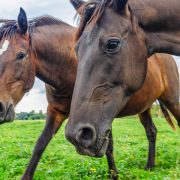
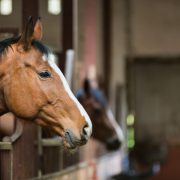
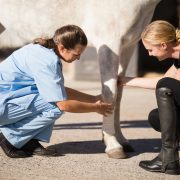
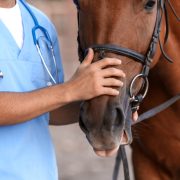


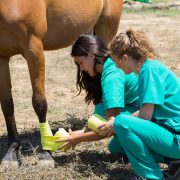

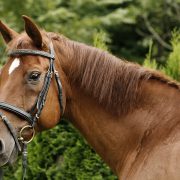
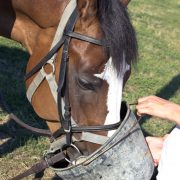
Connect with us